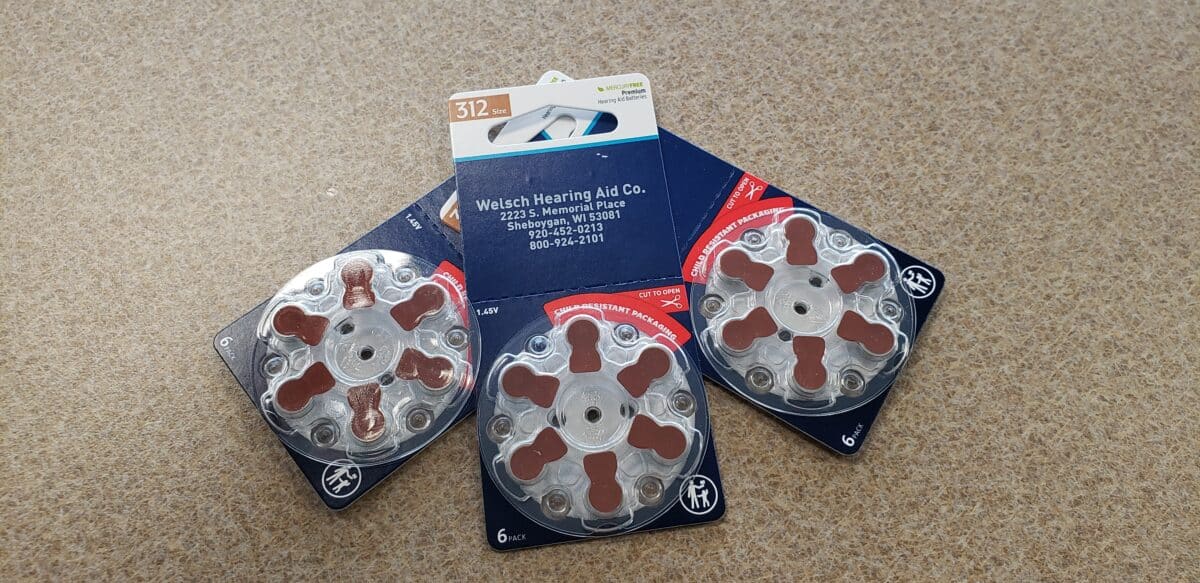- Why are hearing aid battery packages so hard to open now? - May 1, 2025
- Hearing Aids: Listen Up and Choose Wisely - December 3, 2024
- Hushed: Why Can’t I Hear As Well During Pregnancy? - November 1, 2024
In December 2020, Reese’s Law was passed to address a safety issue: the risks posed by small, coin-sized batteries used in hearing aids, remote controls, and other devices. Named after 18-month-old Reese Hamsmith, who tragically died from ingesting a button battery, the law mandates that these batteries be enclosed in child-resistant packaging and have clear labeling to prevent accidental ingestion. While the law was well-intentioned, it has created unforeseen challenges for hearing aid users who rely on these batteries for their daily hearing needs.
One of the most significant problems with Reese’s Law is the unintended consequence of making hearing aid batteries more difficult to access. Since the law mandates that these batteries be sold in child-resistant packaging, many hearing aid users, especially older adults, are finding it difficult to open these packages. For people with arthritis, tremors, limited hand mobility, or other physical challenges, opening the packaging can be frustrating and, at times, dangerous, or just downright impossible. In some cases, users have reported needing tools or assistance from others to access their batteries. In other cases, users have reported injuring themselves either in the act of cutting the packaging open, or from the sharp plastic shards created from cutting open the packaging.
Another issue is the increased cost of hearing aid batteries due to the new packaging and safety measures. While the law was passed to protect children, some argue that the costs of compliance are being passed down to the consumers who depend on these batteries. These extra expenses can be burdensome for those who already struggle with inflation. However, at Welsch Hearing Aid Co., in an effort to help our patients, we have not increased the cost of hearing aid batteries.
So, what can hearing aid battery users do about these problems? First, the free option is to make sure you save your old hearing aid battery containers. Then, when you get a new child-resistant package, cut out all the batteries at once and transfer them to your old packaging. The next affordable option, if you already threw away your old hearing aid battery packages, is to buy a battery caddy. Then, again, you can have someone cut out all your batteries at once and transfer them to the caddy. Finally, and the most expensive option, would be replacing your hearing aids with ones that don’t use batteries. Rechargeable hearing aids have a non-removeable battery that is recharged nightly with a charging dock, like a cell phone.
Additionally, users should contact their federal representatives to complain about these new standards. They should also stay informed about any ongoing advocacy efforts aimed at revising Reese’s Law to better balance safety with accessibility for people who rely on hearing aids. By joining advocacy groups or reaching out to lawmakers, hearing aid users can voice their concerns and potentially influence future amendments to the law.
Here at Welsch Hearing Aid Co., we’re contacting Rep. Robin Kelly, the legislator who sponsored the bill, to inform her of the unintended consequences to see if this bill can be amended. If you would like to contact Rep. Kelly’s office, the number is (202) 225-0773.
While Reese’s Law was designed with good intentions, it’s important that the needs of hearing aid users are considered in its implementation. With some adjustments, it is possible to keep both children and users of hearing aids safe without adding unnecessary barriers to access. For May — Better Hearing Month — come buy your hearing aid batteries at Welsch Hearing Aid Co. and get a free battery caddy! Contact us at 920-452-0213 with any questions.

